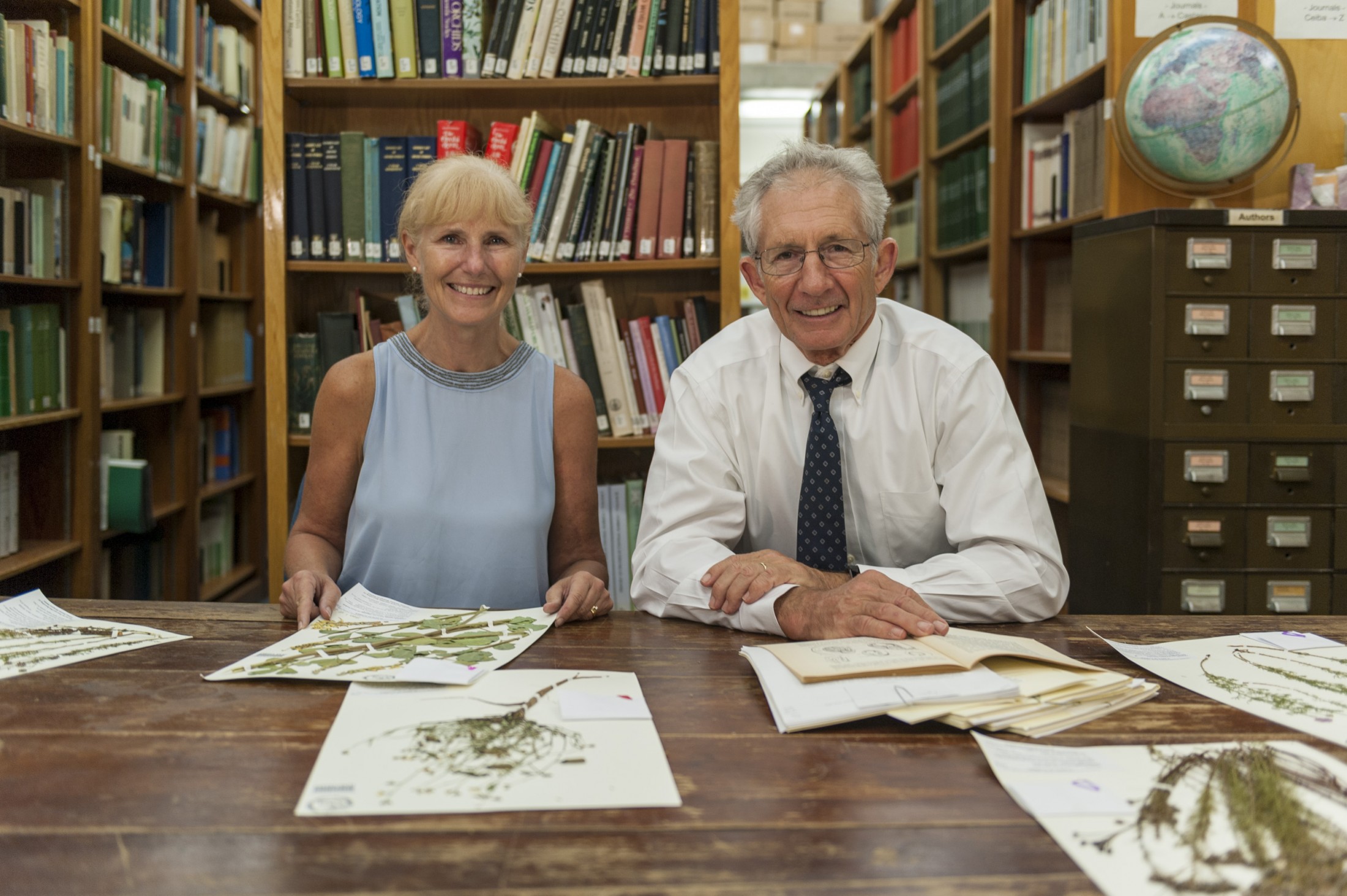The Earth BioGenome Project (EBP), a global effort to map the genomes of all 1.8 million known species of plants, animals, fungi and other eukaryotic life on Earth, is entering a new phase as it moves from pilot projects to full scale production sequencing. Pamela Soltis, a plant biologist at the Florida Museum of Natural History and member of the EBP Working Group, has co-organized a special issue of the journal Proceedings of the National Academies of Sciences published earlier this week (Jan. 18) describing the project’s goals, accomplishments to date and next steps.
“This project provides a fundamental piece of knowledge about our planet, one that will help us understand all other aspects of life on Earth and provide resources for us in ways that we can’t even anticipate,” said Soltis, a distinguished professor and curator at the Florida Museum.
The first two years of the EBP, 2018-20, represented the startup phase. The goal for phase 1 (through 2023) is to produce reference genomes representing about 9,400 taxonomic families across all of life. So far, affiliated projects have produced about 200 such reference genomes, with sequencing, assembly and annotation of another 3,021 expected to be completed by the end of 2022 representing 34% of the phase 1 goal.
“The special feature on the EBP captures the essence and excitement of the largest-scale coordinated effort in the history of biology,” said Harris Lewin, chair of the EBP Working Group and Distinguished Professor of Evolution and Ecology at the University of California, Davis. “Achieving the ultimate goal of sequencing all eukaryotic life now seems within our reach.”
As of December 2021, the project includes 5,000 scientists and technical staff at 44 member institutions in 22 countries on every continent except Antarctica. There are 49 affiliated projects covering most of the major taxonomic groups of eukaryotes, representing access to tens of thousands of high-quality samples from museum collections and field biologists. Most recently, a group of African institutions in 22 countries came online as the Africa BioGenome Project.
“It’s one thing to bring together interdisciplinary teams of people who share a language and who share a country and culture. It’s something else entirely to develop these same sorts of collaborations on a global scale,” Soltis said.
Plant diversity presents challenges and opportunities
Soltis is co-author of a paper published in the special issue assessing the difficulties and tantalizing prospects of sequencing the genomes of Earth’s nearly half-a-million plant species. Second only to insects, plants are among the most diverse and widespread groups of eukaryotes, and their genomes can be surprisingly and intricately complex.
“Plants are really a challenge,” said co-author Douglas Soltis, Florida Museum curator and University of Florida distinguished professor. “They have a huge variation in genome size, lots of duplicated genes and a proliferation of repeated sequences, all of which make their genomes hard to assemble, even with the latest technology.”

Florida Museum photo by Kristen Grace
Nor is sequencing the only barrier to the project’s success. A significant portion of the world’s plant diversity has been collected and stored in herbaria, but the DNA in these specimens degrades over time. So while herbarium specimens are valuable resources for sequencing small portions of DNA, it’s unlikely this reserve of material will be of much use for assembling intact genome sequences, and fresh plant material will need to be collected for the BioGenome Project.
Such a large-scale collection effort wouldn’t be possible without strong international collaboration. The Soltises point to the Bridge Colombia program, a network of scientists and organizations established in 2017 with the aim of sequencing all Colombian plant species. Sequencing prices have also dropped as technology rapidly improves and genomes are churned out at exponential rates, allowing an increasing number of countries and organizations to take part.
There are innumerable benefits to sequencing plant genomes, from improvements in crop production and biotechnology to the development of new medicines and insights into effective conservation strategies. For Pamela and Douglas Soltis, plant genomes also hold the potential to answer some of the biggest questions regarding the history of life on Earth.
“What are the underlying genomic innovations that gave rise to land plants and later on to vascular plants, seed plants and flowering plants?” said Douglas Soltis. “We’ll get some really major insights into evolution.”
Phase 1 nears completion
The collection of papers in the special issue highlights the milestones that have been achieved since the project’s inception in 2018. Major activities of the first three years have included developing and evaluating standards and strategies, organizing regional, national and transnational projects and building communities through regular working committee meetings and an annual conference.
In addition to the International Scientific Committee, which develops standards for the project, the EBP has also formed committees on Ethics, Legal and Social Issues (ELSI) and Justice, Equity, Diversity and Inclusion (JEDI). EBP’s proactive stance on understanding ethical, legal and social issues surrounding the project will inform recommendations on access and commercial benefit sharing, equity and inclusion in the biodiversity genomics community and in indigenous communities within the world’s most biodiverse countries.
Although the full measure of the work left to be done is daunting, Douglas Soltis sees this as an advantage. “It might seem ridiculous now to think that we could actually do this in ten years, but dreaming and trying the ridiculous sets really high goals and drives innovation and collaboration in such a way that actually makes the ridiculous possible.”
Sources: Harris Lewin, lewin@ucdavis.edu;
Pamela Soltis, psoltis@flmnh.ufl.edu;
Douglas Soltis, dsoltis@ufl.edu
Note: Some content adapted from a UC Davis press release by Andy Fell.